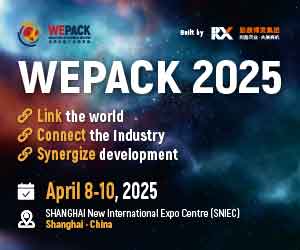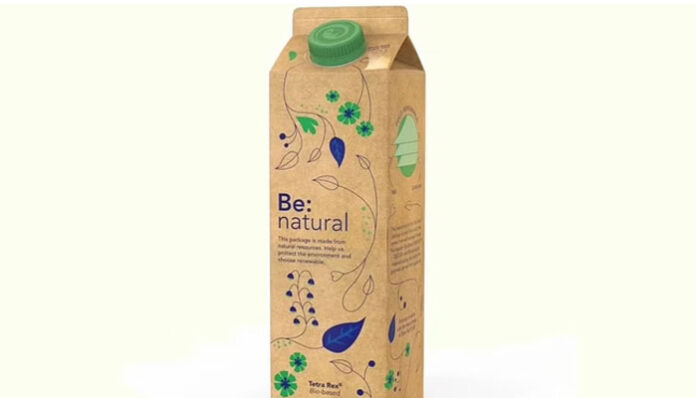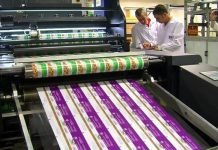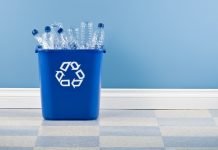Tetra Pak has commenced ground-breaking research towards advancing fibre-based sustainable food packaging, in collaboration with MAX IV – the most modern synchrotron radiation laboratory in the world. The research aims to uncover fresh insights into the nanostructure of fibre materials, with the first application to optimise the composition of materials used for paper straws.
This is the very first industrial research and development experiment at ForMAX, a brand new research station dedicated to studying materials from the forest, located at the MAX IV Laboratory in Lund, Sweden.
As the global demand for safe, nutritious food intensifies, and the scarcity of raw materials increases, the need to develop more sustainable packaging solutions has become urgent. New materials based on paper will bring novel opportunities, but they need to remain food safe, recyclable, be more durable against liquids and humidity, while meeting the increased sustainability demands.
Eva Gustavsson, Vice President Materials & Package, Tetra Pak, says: “A fundamental understanding of the structure and properties of materials is crucial as we work towards developing the package of the future. Our ambition is to provide the world’s most sustainable food package – one that is made fully from responsibly sourced renewable or recycled materials, is fully recyclable and carbon neutral. Experiments at ForMAX will clearly support us in this mission, as we look at increasing the use of renewable, fibre-based material within packages. With this research, Tetra Pak is helping to uncover fresh insights into plant-based materials as a basis for future innovations.
Kim Nygård, Manager, ForMAX beamline, MAX IV says: “The experiment conducted at ForMAX is a milestone for both academia and industry. The research station is the first of its kind and will facilitate both fundamental and applied industrial research on how new, sustainable materials can be used going forward. We are proud to support Tetra Pak in its development of sustainable packaging materials for the future.”
Eskil Andreasson, Technology Specialist, Virtual Modelling, Tetra Pak, says: “Our first experiment, which starts with paper straws, will provide additional analysis capabilities into how paper straw material responds to changes in the environment in real-time, as well as how the straw interacts with different types of liquids under stringent conditions. These new insights and knowledge will be applied to developing the paper straws of the future in our virtual modelling tools, helping us to improve their functionality.”

























